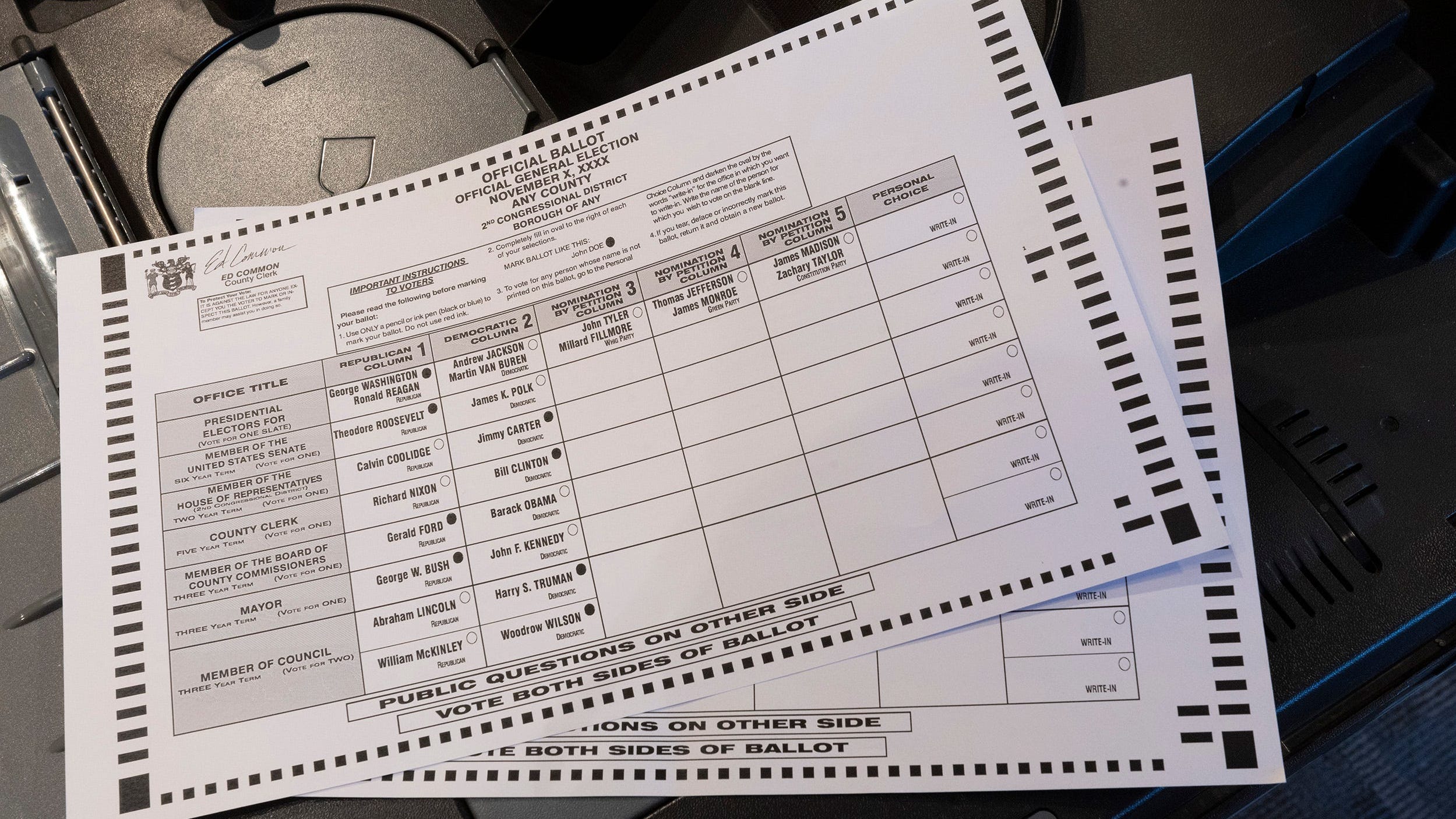Election Fraud Hotspots – 10% of the Data are 70% of the Fraud

The more our team looked at the 2020 election fraud from publicly available records, the more it appeared to have similar characteristics to property casualty insurance fraud.
Beginning in November, like many citizens, we witnessed election fraud possibilities any sentient person would investigate. Having backgrounds in fraud detection, particularly in the property casualty insurance business, Medicaid fraud, and cyber fraud, gave us a curiosity that never dissipated.
Our interest is 100% in data analysis. That means looking at the actual votes, the addresses, the information about ballots reported to Secretaries of State. While there are all kinds of other fraud, the best way to light it up is with data analysis.
Not just the statistical stuff with the graphs and Greek symbols, but old fashioned rows and columns. Nothing illegal, just the same public data Google uses to profile someone for new running shoes.
If Jesse Morgan did drive a tractor trailer truck with 100,000 ballots from New York to Pennsylvania, how can we find out? Chris Wray and our hardy pals at the FBI may not want to open that truck’s back door, but we do – with database analysis.
Every one of those ballots has a person’s name and address. The ballot is cast, illegally for sure, and counted. The local government is involved as well as the U.S. Postal Service officials at that particular location. That makes this sovereign, industrial election fraud.
They can hide the truck. They can claim it never happened. They cannot hide the record of the ballot.
Imagine yourself trying to fake 100,000 ballots. Even with some of your pals, lots of them, sitting around tables with pizza and Cokes and #2 pencils, it’s daunting. Every ballot needs to tie to an address. Each ties to a name. This is fraud infrastructure.
While you and your friends are filling out 100,000 ballots with Biden circles, do you think you took the time to use a different, real address for every one of them? Or, more likely, did you use a small group of addresses over and over? You get the picture.
If you filled out birth dates, did you use a different one every time you thought about it? How about those surnames? They are tied to real people and they better live in Pennsylvania.
We are getting reports some Secretaries of State are modifying mail-in ballot data to hide the tens of thousands of ballots received before they were sent.
This is a very bad idea.
Fraud data is like the world’s messiest crime scene.
Think of your worst nightmare crime scene with blood, bullet casings, broken furniture, spatterings, and that is how complex a fraud database is. If a criminal alters a crime scene, they always make things worse for themselves. They leave traces of who they were. More troublesome, they leave traces of what they are trying to hide.
We are thrilled people are trying to alter data after the fact. They are leaving tracks like a dinosaur walking through a field of peanut butter for database tracking.
Citizen election fraud investigators are coalescing across multiple states sharing information, fraud profiles and actual data. We are helping with fraud investigative expertise and search technology beyond anything commercially available.
Our thesis is that 70% of all 2020 election fraud will be tied to 10% of the records. Like insurance fraud, election fraud has cultural affinities. It also has geographic patterns and links to a small number of people who deliver the overwhelming amount of fraud.
Cultural affinities?
We broke a major insurance fraud ring showing a group of Somali immigrants, living in the same building, driving the same car, had scammed a major insurance company. Sure they did, they knew each other. This happens all the time; the data show it.
Election fraud is no different. People who hang out together may have similar world views. If they are aggressive enough to join in an election fraud conspiracy, they don’t bring in strangers, they bring in friends and family. This kind of relationship shows up as a hot spot in data visualization.
Data visualization shows hotspots – like red wine stains on a white tablecloth.
Isn’t it interesting that 634 people with the same birthday, including the year, live at these seven addresses? Digging deeper, look, the address is not a physical location, it is a UPS store with mailboxes. That’s a crowded P.O. Box!
Look here, different family members live in different mailboxes with the same surname. The mailboxes are consecutive numbers, too! That’s so convenient for Thanksgiving dinner!
This is what industrial fraud starts to look like and there are plenty of data from December Secretary of State data files to prove this.
In fraud analysis, connections count big time. Industrial fraud is by definition a connected enterprise with a few actors driving lots of transactions. As we build a likely fraud database, think more of Ancestry.com rather than those rows and columns.
Ancestry.com allows you to build a family tree. As you build it, your family connects to other families. Those families add their long lost relatives you did not know existed enriching the tree. Connections count.
That is what an organic election fraud database starts to look like. Here, let’s do one!
Billy X has 239 people living in his one-bedroom Pennsylvania house and they all voted. All public information. Billy should be proud of his diligence.
We connect Billy via 100 social media posts floating on the internet using a web crawler. Look, Billy is a steward for the local trade union. He hates Trump.
Data visualization indicates Billy corresponds with Sally B. and Mortimer W. They live in Virginia. They too, hate Trump; so says social media. Our new friends in Virginia interested in election fraud start adding their data about Sally and Mort. Here are two addresses for Sally and they tie to over 600 registered voters. Mort has over 150 living in his one bedroom flat.
This is how it looks, folks. This is just the surface of what can be found from current, available, public records, social media and internet communication. We can go hundreds of layers deeper and it is delivered in the blink of an eye.
So when you freak out about H.R. 1, which is terrible, remember, they may have Marc Elias in their corner but the Patriots have data, technology, and adversaries who leave dinosaur tracks.
Jay Valentine’s web sites are JayValentine.com and ContingencySales.com
Image: Pixabay / Pixabay License
*** This article has been archived for your research. The original version from American Thinker can be found here ***


